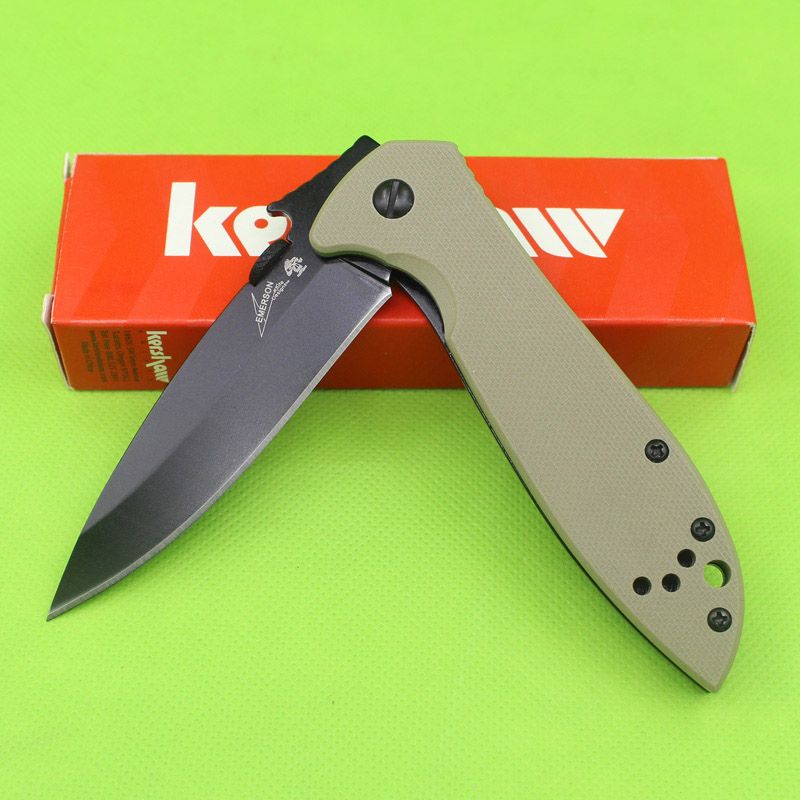
If you try and keep the stone from rotating (around the axis of the rod), it won’t contact the tip at all. I had to clamp a knife in the vise to figure out what you were saying… and you’re right… you can mount a knife in such a position (not saying this one for sure, but in general), with the tip close to the clamp, that the angle as you approach the tip can rapidly change to the point it is 90 deg. From the photo, it looks like the blade is held at only one point, which might let the blade rotate about that point. Incidentally, the Gen 3 vise has two contact points – one at each of the upper corners of the vise. The sweep of the tip should be about as far forward of the pivot point as the heel of the edge is above the pivot point. If this point were on the left edge of the vise, the angle would be right around 90 deg, no matter how high the contact point is. You have to consider the pivot point of the arm relative to the point of contact (the tip). more than a degree, then you still haven’t found the sweet spot and you might want to experiment with rotating the tip of the blade downward. If you’re readings are very different e.g. If you’re reading similar angles at both locations, the issue is the thickness of the stock at the tip. You can use a square or you can attach some string to the cube to check for plumb. If you’re using an Angle Cube, you might be able to test it by checking the angle above the clamp and again at the tip, but you have to be sure that the Angle Cube is plumb when it’s out on the tip portion. If that’s the case, then the bevel through the belly and especially towards the tip is being cut from thicker stock, in which case the angle could remain similar throughout the blade but you’d be ending up with a wider bevel at the tip anyway. I can’t tell for sure from the image you provided, nor from the ones I can find online, but it appears that there is not much distal taper to the spine i.e. The stone track is easier to see in the section blowups behind the regular image.


Just to be clear on terminology and what’s happening with your angles, what you’re seeing with the stone track through the marker is that the stone is removing the marker from shoulder to edge along most of the blade but as the stone hits about midway through the belly, it’s only removing the marker from the shoulder, possibly indicating that the angle of the stone to the blade is dropping as it approaches the tip (there is another possibility that I’ll discuss below the image.) I did a little markup on your photo (nice photo by the way) so that you can see it more clearly:


 0 kommentar(er)
0 kommentar(er)
